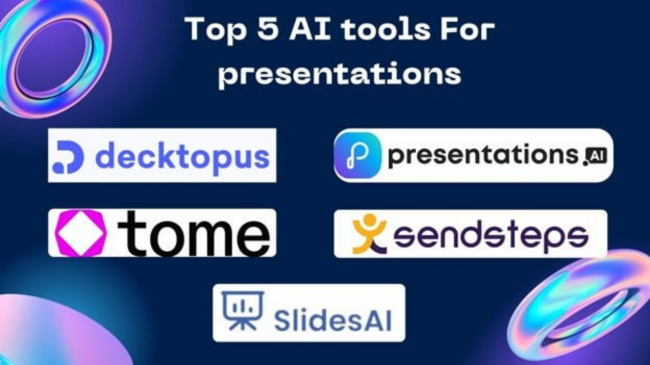All businesses have to deal with issues such as keeping employees engaged, maintaining customer loyalty, and ensuring that training programs are effective. The results of traditional ways of dealing with these issues are getting worse. People don't read emails, skip training videos, or respond to customer retention campaigns. Gamification is a way to use parts of game design to achieve measurable results for a business. What began as a test has turned into a billion-dollar top investment.
The Investment's Psychology
Gamification is effective because it addresses fundamental human needs. Badges, points, leaderboards, and progress bars all work on the same parts of our brains that make games fun. Duolingo did more than just make learning fun by turning it into a game. They got into the habit of doing things. People come back every day to keep moving forward, not because they have to.

Companies know that this psychological advantage has a direct effect on their bottom line. When people are fully engaged in game-like experiences, they remember what they learned better, interact with customers more, and get more work done. It was worth it to spend money on making gamification platforms because they are now easier to find and use.
A Power-Up for Employee Engagement
One of the biggest problems with traditional corporate training is that no one wants to sit through another PowerPoint presentation. Retention of the material declines as only approximately 30% of the required training modules are completed. Gamified training completely changes this dynamic.
Now, sales teams from big companies compete in fake situations where they get points for overcoming objections, closing deals, and finding out what problems customers have. Quest-based onboarding lets new employees move up by giving them new tasks and rewards for finishing them. The training materials are the same, but the way they are given turns duty into a game.
The numbers speak for themselves. More than 80% of people who start gamified training finish it, and at least 40% of people who take the training remember what they learned, according to companies that use it. Businesses see real skill growth and a faster time to productivity when employees actively engage with training materials instead of just skimming them.
Programs for Customer Loyalty Advancement
Despite not designing the loyalty card, Starbucks did a fantastic job gamifying it. With every purchase they make through their rewards program, they advance to the next reward tier. Customers track their stars, participate in seasonal challenges, and change their buying habits in order to access exclusive benefits. The outcome? There are more than 30 million active rewards members, and the average transaction value for participants is much higher.
Industries have adopted this playbook. Workouts become achievement systems thanks to fitness apps. Retailers hold competitions where consumers can purchase exclusive goods. Although tier systems have been used by airlines for a long time, more recent versions have features that seem more suited for browser games, such as real-time progress tracking and bonus opportunities. Businesses learned from these digital experiences that achievement mechanics and progression systems could encourage recurring engagement without always requiring tangible rewards.
The investment makes sense from a monetary point of view. It costs five to seven times more to get new clients than it does to keep current ones. Gamified loyalty programs make people buy more often and keep them longer. People are more likely to interact with brands that offer more than just a transaction.
Keeping an Eye on Performance and Output
People who work in call centers often have trouble keeping their jobs and leave them often. Work seems boring, the numbers seem harsh, and it's hard to stay motivated. LiveOps and other companies changed this by turning performance tracking into a game. Agents get points for every problem they solve on the first call, how quickly they do it, and how happy their customers are. Leaderboards make people want to beat each other. Badges are given to people to show that they did something good. People are now using the same metrics that seemed unfair before.
This plan is about more than just giving good customer service. Gamified project management tools help software development teams work together, meet deadlines, and finish tasks to earn points and unlock rewards. There are systems in place on production floors where quality control and safety compliance are both important goals that are easy to see the benefits of.
The change makes workers view their jobs in a new way. Instead of management setting metrics from above, gamification makes performance seem like a personal challenge with clear goals and quick feedback. Workers know exactly where they stand and what they need to do to improve.
Disguised Data Collection
Gamified systems collect a lot of data about how people act. To get to know their target audiences better, businesses look at the data trails left behind by every interaction, choice, and engagement point. What problems do users run into? What kinds of rewards work best to change behavior? What speed of progress keeps people interested without going too fast?
This information has an impact on product development, marketing plans, and improvements to operations. The gamification investment not only directly engages people, but it also teaches us about how people behave.
The Reality of Implementation
It takes more than just adding points to current procedures to successfully gamify them. Ineffective systems don't feel engaging; they feel manipulative. Incentives must have significant worth. Challenges need to strike a balance between difficulty and reachability. Instead of feeling handed to you, progress must feel earned.
Because amateur implementations fail, businesses invest in specialized platforms, consultants, and design expertise. Instead of encouraging engagement, gamification breeds cynicism when it seems forced or unimportant. The most effective systems are so seamlessly integrated that users are barely aware that they are being gamified.
Anticipating
Gamification's significance increases as remote work becomes more commonplace and digital interactions take center stage. Engagement strategies for virtual teams must go beyond physical proximity. Simple transactions cannot give the depth that digital customer relationships require. Across time zones and work schedules, training and development must operate asynchronously.
Despite its popularity, businesses are not investing in gamification. They are investing because it provides quantifiable solutions to actual problems. When used carefully, game mechanics change the way people engage with learning, work, and brands. By making these investments now, businesses are creating long-term competitive advantages.
Post Comment
Be the first to post comment!





